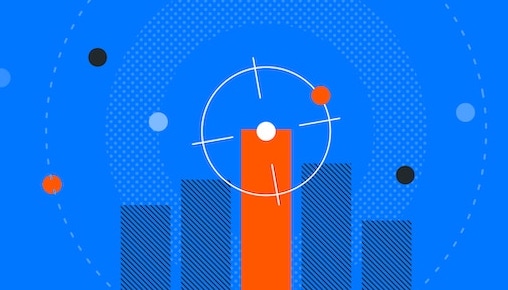Last Updated: August 29, 2023
A “rolling recession”: Industry disjointed trough and recovery points could mean a softer landing
The U.S. economy has continued to chug along through the first half of 2023, with second quarter GDP showing relatively strong growth. Industries are facing their lowest and recovery points asynchronously. While some sectors are beginning to rebound, we are not out of the woods yet.
Current State of the Economy
Consumer Spending
The resiliency of the U.S. consumer is what has and still propels the economy forward. Steady consumer spending is two-fold. First, the amount of pandemic-era excess savings accumulated by consumers has lasted longer than many initially anticipated. Additionally, relative to pre-pandemic, they continue to deplete their savings rapidly and accumulate credit card debt. Despite uneasy feelings, consumers’ determination to maintain their current level of spending has kept the economy afloat over the past few months.
The housing market
The housing market has faced significant headwinds over the past year. Home sales, purchases, mortgage applications, and housing starts have generally declined for the past year. But the initial shock of higher interest rates does appear to be subsiding. While higher mortgage rates persist, the imbalance between supply and demand within the market remains clear: there are not enough homes for people who want to purchase homes. Based on the fundamentals, the shocks of higher interest rates on the housing market appear to be behind us, and recovery is underway.
Industrial production
There has been weakness and contraction in manufacturing and other industrial components since late 2022. The industrial portion of the economy is not demonstrating the same resiliency and robust economic growth as the consumer side. Leading indicators suggest that the manufacturing portion of the economy may begin its recovery in the second half of this year.
Revised GDP Scenarios
At Prevedere, we still expect some headwinds in the second half of this year. We do not believe that we are at the beginning of full economic recovery and that the economy will be off to the races in the second half of this year. We still believe that things will get worse before they get better. With these factors in mind, Prevedere presents the following optimistic, baseline, and pessimistic scenarios.
Baseline scenario
Prevedere’s baseline assumption is the economic scenario that is most likely to occur, which is a rolling recession (see “Rolling Recession?” below). In this scenario, as the Fed battles to tame inflation, consumer spending would have a mild pullback, and consumer balance sheets would weaken. Household finances would falter as excess savings dissipate, credit becomes more expensive, and student loan repayments start again. All these factors would lead to GDP growth significantly slowing in 2H 2023, with a likely contraction in Q4 2023.
Optimistic scenario
In an optimistic scenario, we may see a proper soft landing without any GDP contraction but rather just a significant slowing in growth, and that remains the upside potential. The optimistic viewpoint would lead to the economy narrowly avoiding contracting in 2023 and 2024. In this case, economic activity slows, but GDP growth remains positive. In turn, we would see household incomes remain steady with wage growth offsetting the depletion of excess savings, allowing for healthy albeit slower consumer spending.
Pessimistic scenario
The pessimistic scenario is largely consistent with past predictions. Economic growth still has downside risks, and a deep and prolonged recession may begin later this year. If persistent demand-side pressures keep inflation higher than the Fed would like, the Fed would be forced to continue the tightening cycle. Aggressive quantitative tightening by the Fed could lead to a more severe downturn as consumer and business demand falters. In the pessimistic scenario, prolonged contraction starts in Q4 2023 and continues through the first half of 2024, signaling an actual recession.
Rolling Recession?
The “rolling recession” is what we are referencing as the baseline assumption. In past recessions, everything mostly aligns simultaneously at the bottom point. Yet, in the current economic environment, different sectors are entering into periods of contraction at different times.
Varied sectors in today’s economy show distinct troughs and recovery points. In a recession, economic sectors usually align more closely, resulting in a more defined, significant decline in overall or aggregate GDP. When contractions and negative points are not synced, we may not see all these industry lows culminate in a confirmed GDP contraction. As sectors have their period of softness at different points, we might see GDP continue to move sideways.
Conclusion
In summary, we are not entirely out of the woods yet. There’s a lot of media discussion about a higher probability of a soft landing, and while that may be true, we are still away from the end of the economic turmoil. Things are likely to get a little rockier in the second half of the year.
We will not likely experience a formally defined recession or two consecutive quarters of GDP contraction. Instead, we’re likely facing a rolling recession.
Read the full report in the U.S. Economic Outlook Report: August 2023.
For More Information
Suggestion:

Is your strategy considering the macroeconomic factors that impact your business?